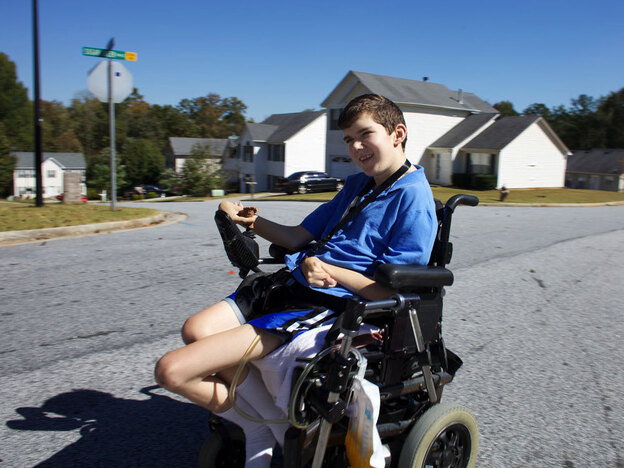
My daughter got an ipod touch for Christmas which has been difficult to pull out of her hand. Recently on an airplane she wrote this on her ipod and emailed it to me.
"Never judge a fat guy by his look. Today while sitting on the airplane
a fat guy sat down next to my mom, me being in the window seat glanced
over to see a fat guy sitting next to her.
The guy was very big with gray hair sticking out from his dark brown hair
and a mustache a little more gray then brown. My first thought was, that
sucks for my mom. About 20 minutes after, my mom had her computer out
(she had been working on a drawing for her architects) the man leaned
over and asked her what program she was using because he was an architect.
My mom told the man and they talked about it for about five minutes, my
mom then proceeded to have the man help her with the design she was working
on and they then talked for another twenty minutes.
I know it sounds cheesy that I'm saving this but I'm a loser who ALWAYS
forgets stuff and I felt bad because he was very nice. I'm still listening
to them talk. I think my mom made a new friend. "
I did make a new friend.
I think people that look different are judged by their outward appearance. It is everyone's responsibility, especially mine as a parent to role model that everyone is valuable and important and outward appearance doesn't always reflect the beauty inside.
In this case, my new friend brought me new insights and knowledge and helped me overcome design obstacles with which I was wrestling. Thank you friend.
















